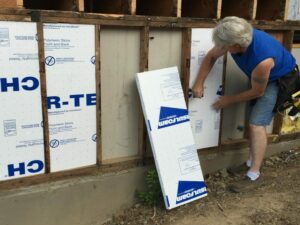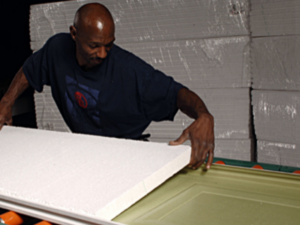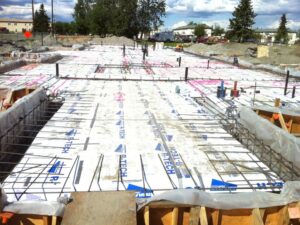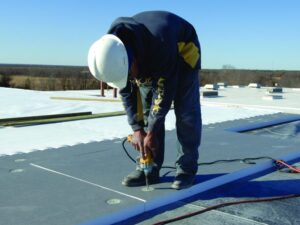According to the North American Insulation Manufacturers Association (NAIMA), 90 percent of single-family homes in the U.S. are under-insulated. This can create less comfortable interior spaces during times of extreme weather and cost homeowners hundreds of dollars in utility expenses over the course of the year. Because expanded polystyrene (EPS) foam is lightweight, moisture-resistant, easy-to-install and has a long-lasting R-value, it can be an ideal material for most DIY residential insulation projects.
But with many critical areas of a home in mind, homeowners may be wondering where they should start their r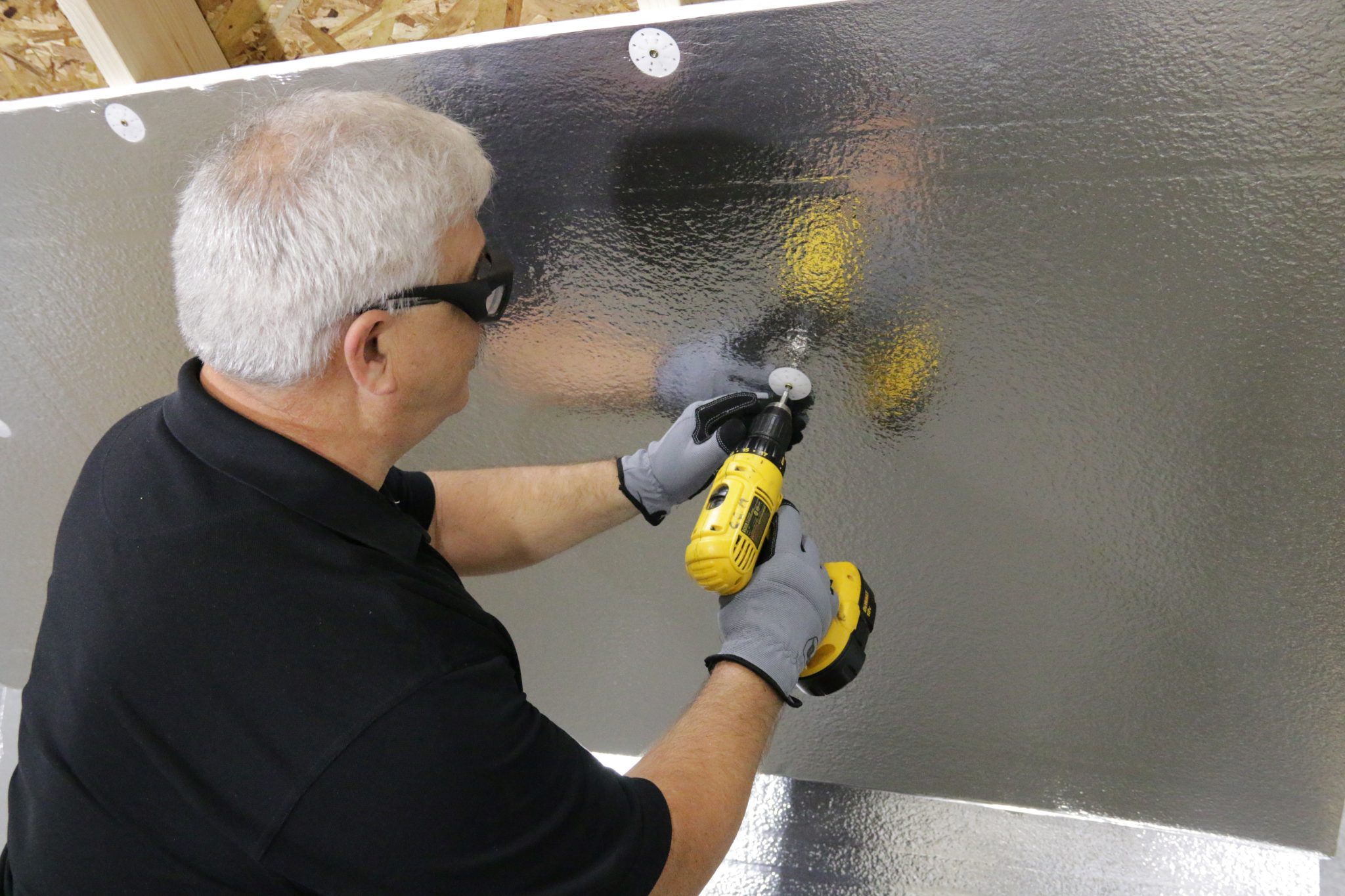 esidential insulation projects. When upgrading a home’s insulation capabilities, the following order of DIY projects below ensures optimal energy efficiency:
esidential insulation projects. When upgrading a home’s insulation capabilities, the following order of DIY projects below ensures optimal energy efficiency:
- Installing DIY attic insulation kits
- Building an attic access door insulation box
- Adding insulation panels to a garage door
- Reinforcing basement insulation with EPS foam
1. DIY Attic Insulation Kits
For optimal energy efficiency, the Department of Energy recommends that homes should be properly insulated from the roof down. With this in mind, the attic is an obvious place to start. Employing an easy-to-install EPS attic insulation kit across the attic floor and walls can help prevent warm air from escaping the house in the winter months and stop warm air from making its way into the cool interior during the summer months. This improves both energy efficiency and interior comfort.
2. Building an attic access door insulation box
Homeowners can supplement their attic insulation kits by building their own attic access door insulation box. Because EPS foam can be cut with a table saw or a straight edge and a knife to fit almost any space, homeowners can cut and create a tight-fitting box quickly and easily. Access door insulation boxes not only fill any gaps between the door and frame, but they can also quadruple the R-value of standard access doors.
3. Adding insulation panels to a garage door
Typically, the garage door is the largest uninsulated surface in a house. Insulating a garage door can affect the temperature inside a garage by 20 degrees. This performance capability can extend the number of days this space can be used comfortably and help reduce a home’s energy consumption. Rigid foam garage door insulation kits can often be installed in a matter of hours with common household tools. Further, industry-leading kits offer competitive R-values and often come with eight panels that can be easy customized to fit the dimensions of nearly any garage door.
4. Reinforcing basement insulation with EPS foam
Once the attic and above-ground insulation have been upgraded, homeowners should look below-grade to push for optimal energy-efficient at home. EPS foam can be installed in basements or crawl spaces for a long-term insulation solution that resists moisture and, in turn, mitigates the risk of mold growth. EPS panel’s resistance to moisture and inherent breathability also plays a critical role in maintaining its stable thermal performance. Just as a wet blanket is much less effective at keeping someone warm than a dry one, damp insulation is much less effective at preventing energy transfer and consumption. To a DIYer’s advantage, moisture-resistant EPS can also safeguard a home from the threat of water vapor and compromised R-values, further supporting an energy-efficient environment.
But how long will expanded polystyrene last?
Easily customized and quickly installed, EPS foam is also a long-lasting insulation solution. Due to its cellular structure, the material retains its R-value over time, unlike other insulations. Its ability to stand the test of time makes EPS an ideal material for residential insulation projects. Upgrading the insulation in the attic, garage and basement with EPS foam and DIY kits is a simple, cost-effective way to shore up a home’s energy drains now and in the future.
Check out Insulfoam’s DIY page for all the ways EPS can help create a more energy-efficient home.

